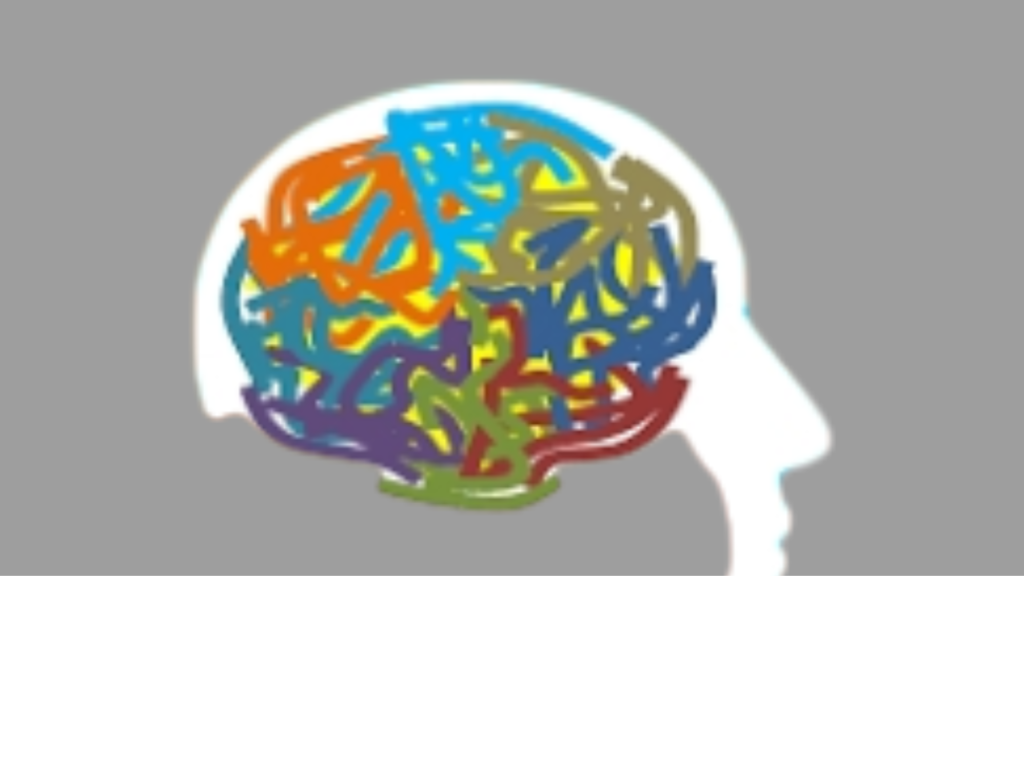An intense response to stress or trauma is known as an adjustment disorder. A stressful occurrence could be either favorable or unfavorable. It produces transient symptoms that impact your emotions, behaviors, and ideas. You might react more expressively than you think other people would. This disorder comes in several forms, and therapy and occasionally medication are used in its treatment.
What is adjustment disorder?
A significant emotional or behavioral response to stress or trauma is known as an adjustment disorder. It produces transient symptoms, which could cause you to respond more than usual. You can find it easy to cry or to feel forlorn and melancholy. You might behave impulsively or recklessly, or you might overindulge in harmful activities. Each person has different feelings and behaviors.
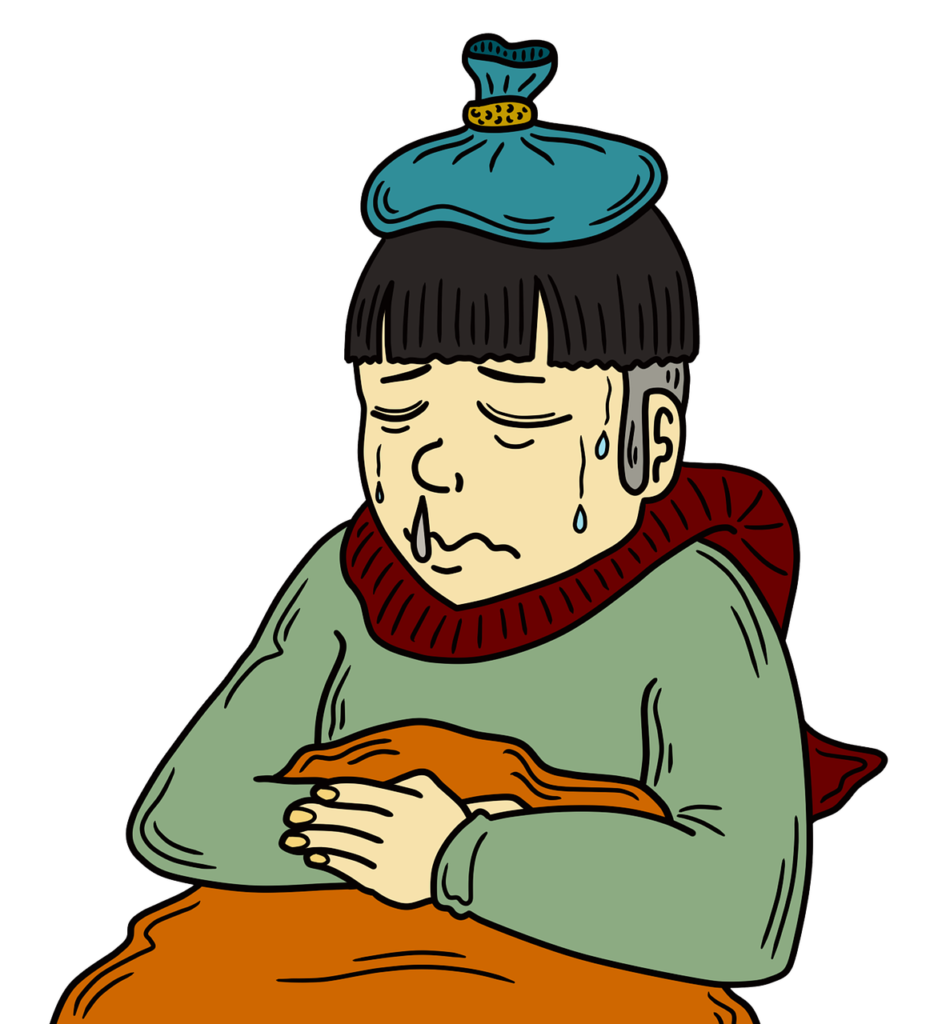
At times, a single incident may trigger symptoms of adjustment disorder. In other cases, after driving you to a breaking point, a series of events may trigger symptoms. Six months usually marks a reduction in symptoms.
An adjustment disorder may be referred to as situational depression by your healthcare professional.
DSM- 5 diagnostic criteria for adjustment disorder
“The presence of emotional or behavioral symptoms in response to an identifiable stressor(s) occurring within 3 months of the onset of the stressor(s)” is how the DSM-5 defines adjustment disorder (American Psychiatric Association, 2013).
There must be other DSM-5 criteria for adjustment disorder in addition to exposure to one or more stressors. There are one or both of these requirements:
- Distress that is excessive compared to typical responses to the stressor
- The symptoms need to be clinically substantial in order to result in noticeable distress and functional impairment.
Moreover, the following requirements must be met:
- Distress and impairment are a result of the stressor, not a worsening of pre-existing mental health conditions.
- This response isn’t typical of bereavement
- Within six months, the symptoms must go away when the stressor is eliminated or after the person has started to manage and adjust.
Why Early Recognition of Adjustment Disorder Matters
Recognizing adjustment disorder early is crucial because, unlike many other mental health conditions, it is highly treatable — especially when identified before symptoms worsen or become chronic.
Many people dismiss their reactions to stress as temporary or insignificant, which can delay getting the support they need. Left unaddressed, adjustment disorder may develop into more severe mental health issues, such as major depressive disorder or generalized anxiety disorder.
Early diagnosis, based on clear DSM-5 criteria, allows healthcare providers to implement targeted interventions — often with short-term therapy and, when necessary, medication. Understanding that emotional distress doesn’t have to be “severe” to be valid helps reduce stigma and encourages people to seek help sooner.
Ultimately, early recognition supports better outcomes, faster recovery, and healthier coping in future stressful situations.
Types of adjustment disorder in DSM-5
The Diagnostic and Statistical Manual of Mental Illnesses (DSM-5) or its most recent version, the DSM-5-TR (TR standing for “text revision”), classifies a number of different types of adjustment disorders. This is the mental health conditions handbook published by the American Psychiatric Association. Symptoms that are connected to various types of adjustment disorders include:
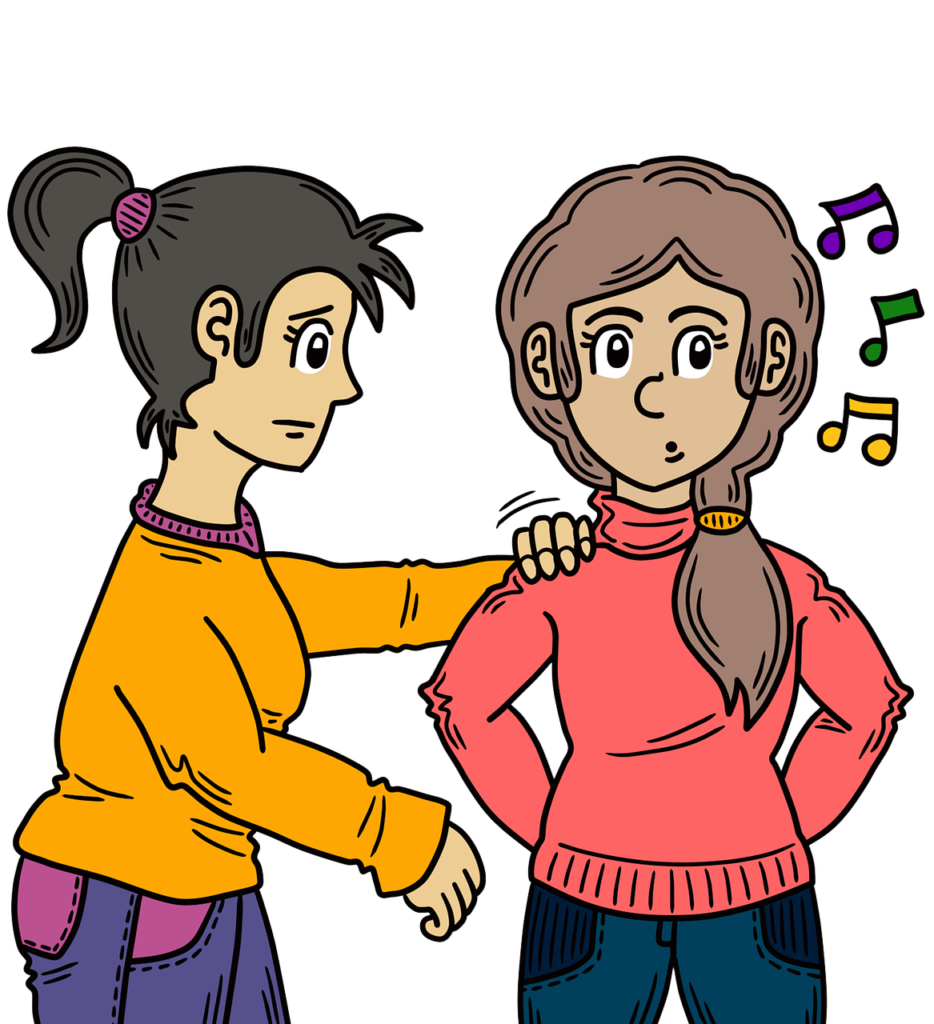
- Adjustment disorder with depressed mood: Feelings of melancholy, hopelessness, sobbing, and lack of joy from things that used to bring you pleasure are all signs of adjustment disorder with depression.
- Anxiety and adjustment disorder: Worried, nervous, and overwhelmed. You also struggle with focus. One of the most common symptoms among youngsters is separation anxiety.
- Anxiety and depression combined in adjustment disorder: Anxiety and depression combined.
- Adjustment disorder with disturbance of conduct: include Behavioral signs of being impulsive, destructive, rebellious, or irresponsible.
- Anxiety, depression, and behavioral problems: are examples of conflicting emotions and actions associated with adjustment disorder.
- Unspecific adjustment disorder: Physical symptoms include heart palpitations, headaches, body aches, stomachaches, and sleeplessness.
Clinicians use the DSM-5 specific criteria for adjustment disorder diagnosis, comparing the patient’s symptoms to the appropriate subtypes. Giving specifics on the kind of adjustment problem a person is experiencing enables the patient to get the right care.
Fear and anxiety are typical human reactions to stimuli. Anhedonia is a condition in which a person loses their ability to enjoy and feel pleasure. Another reaction to a stressor is low mood. People can be irritable, angry, or aggressive at times. All of these are typical human responses to stressors; nonetheless, an adjustment disorder diagnosis is made and an appropriate treatment plan can start when they satisfy the DSM criteria.
Signs and symptoms
The signs and symptoms of adjustment disorder differ depending on the individual. Typical signs and symptoms include of:
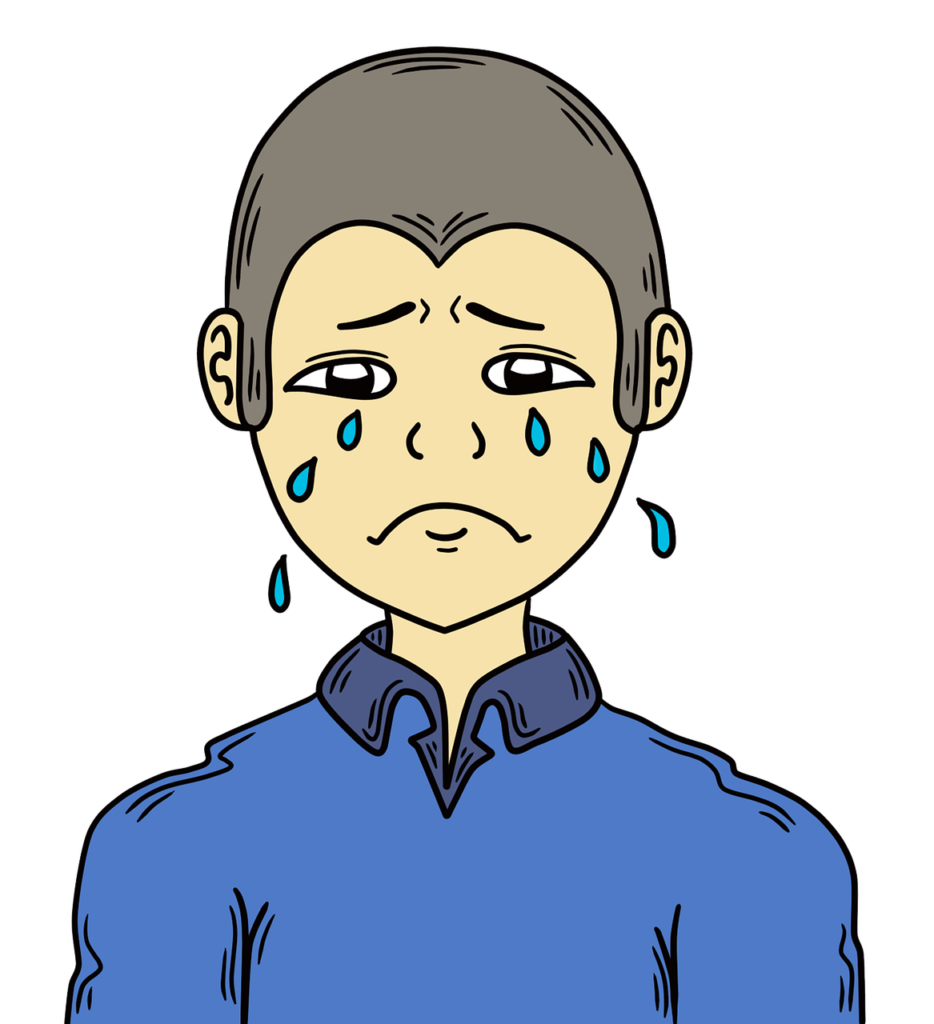
- Experiencing depression (sadness, poor energy, hopelessness, and easy sobbing).
- Experiencing anxiety (shaking and uneasiness).
- Risky or impulsive actions.
- Inability to concentrate.
- Becoming angry easily.
- Being exhausted but unable to fall asleep, or insomnia.
- Having pains or aches in your body (such as a headache, stomachache, etc.).
- Experiencing irregular heartbeats, or arrhythmias, or skipped heartbeats.
Triggers for adjustment disorder
Triggers are flashbacks to tense moments or traumatic experiences. Strong memories are typically associated with triggers, which might influence your emotions when you encounter or engage with the reminder. It may result in adjustment disorder symptoms. Any of the following could be a trigger for adjustment disorder:
- Looking at a picture or memento.
- Recognizing a song.
- The flavor or aroma of a particular cuisine.
- The feel of an article of apparel.
Given that triggers are highly individual to the person they impact, this is not an exhaustive list. The degree of an adjustment disorder’s symptoms might range from minor to severe, contingent on the relevance of the trigger circumstance for you personally and its intensity.
Diagnosis
An assessment by a mental health expert can determine whether you have adjustment disorder by discussing with you the main stresses in your life, your symptoms, and how these impact your quality of life. It’s possible that inquiries into your past physical, mental, and social wellbeing may be made.
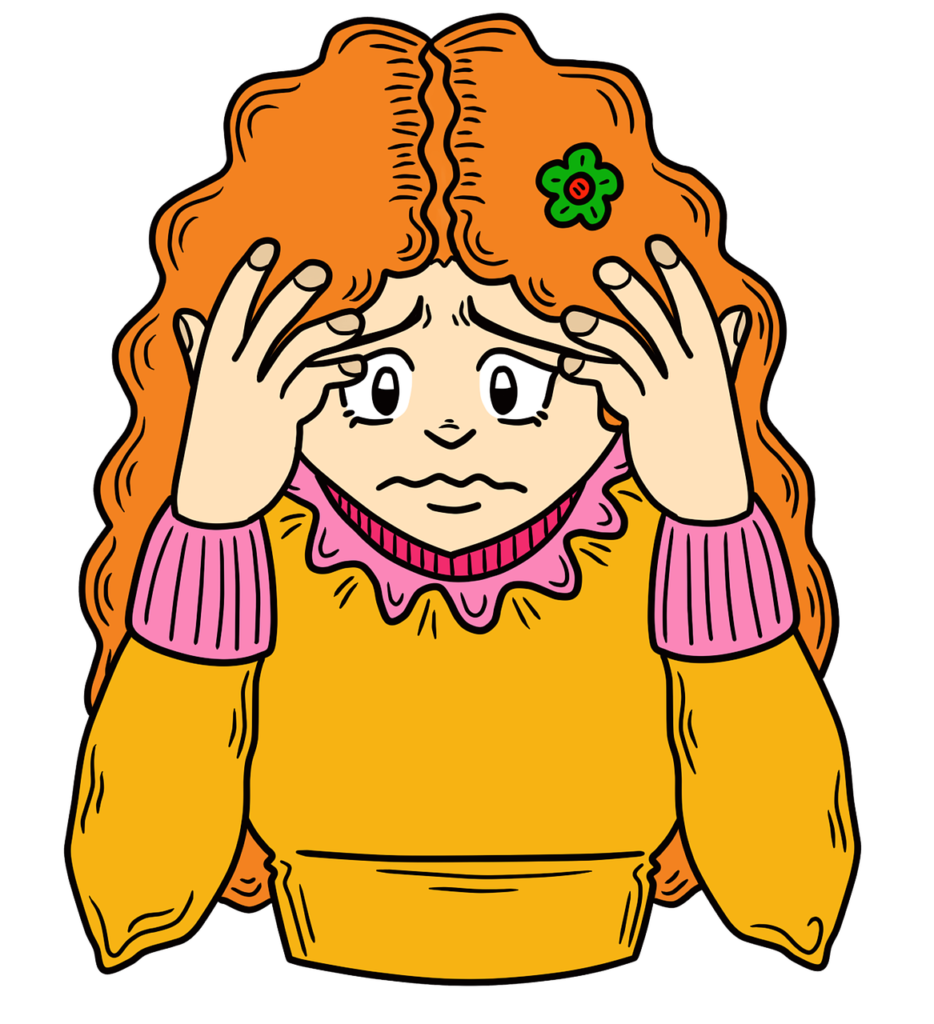
Known guidelines for diagnosing adjustment disorder include:
- Experiencing behavioral or emotional signs three months following a particular traumatic event.
- Experiencing stress that is greater than anticipated in reaction to a difficult life event or experiencing stress that significantly impairs one’s ability to interact with others, perform well at job, or learn.
- The symptoms are not a result of a different mental health issue or a normal element of bereavement.
Treatment
Treatment is beneficial for many individuals with adjustment issues, and they frequently only require short-term care. Others might benefit from extended treatment, such as those with chronic stress or persistent adjustment issues. Adjustment disorder treatments can involve medication, talk therapy, or both.
Talk therapy
The primary treatment for adjustment disorders is talk therapy, sometimes referred to as talk psychotherapy. Treatment can be given to patients one-on-one, in groups, or as a family.
Counseling can:
- Offer emotional assistance.
- Assist you in returning to your regular schedule.
- Assimilate the reason behind your intense reaction to the traumatic experience.
- Assist you in gaining coping mechanisms and stress management techniques to handle trying situations.
Medicines
Talk therapy may be combined with medications like antidepressants and anxiety medications to help treat the symptoms of sadness and anxiety. Similar to treatment, you could only require medication for a few months. But don’t stop taking any medication without first consulting a medical expert. Certain medications, including some antidepressants, might have adverse bodily effects that make you feel ill if stopped abruptly.



